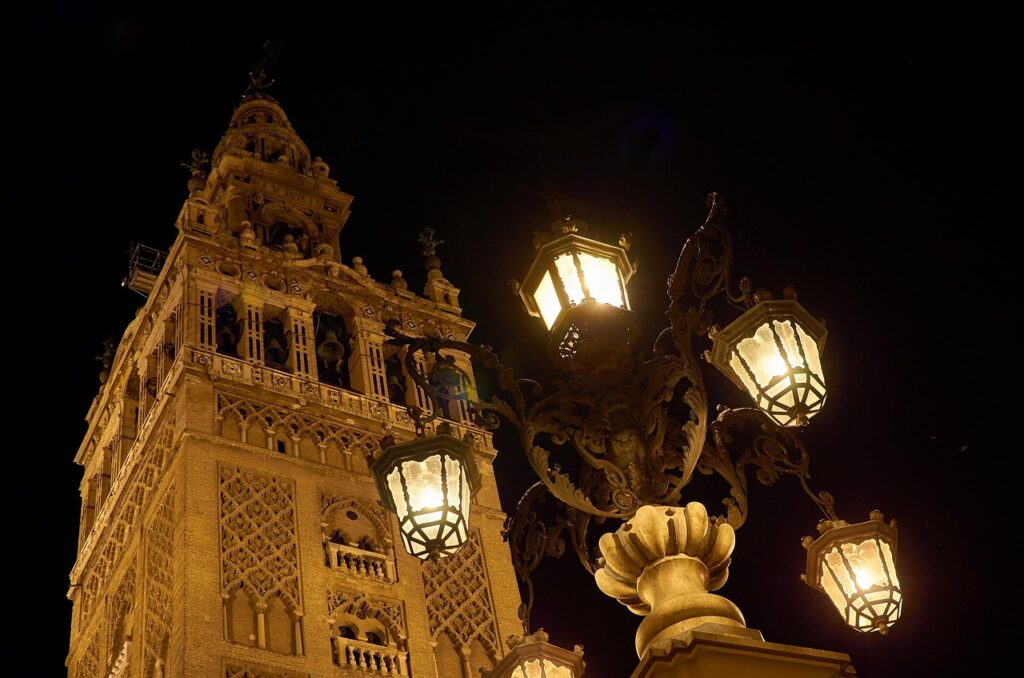
Outdoor lighting plays a crucial role in both enhancing visibility and elevating curb appeal. Choosing the right pole light outdoor can significantly transform a property by improving security, accentuating landscape features, and establishing a welcoming ambiance. Key factors such as mounting height, material longevity, energy efficiency, and design cohesion all contribute to the overall effectiveness and appearance of the lighting. What may seem like minor decisions can ultimately determine whether your exterior lighting feels merely sufficient—or truly outstanding.
Determining the Right Height and Placement for Maximum Impact
The cornerstone of effective outdoor lighting design lies in selecting appropriate pole heights and strategic placement locations. Residential applications typically benefit from 8-12 foot poles positioned along pathways or driveways, while commercial properties may require 15-25 foot fixtures spaced at 3-4 times their height apart.
Consider sight lines and surrounding landscape features when determining placement. Taller poles provide broader light distribution but may create unwanted glare. Position fixtures to illuminate interchange areas, entrances, and potential hazards while avoiding light trespass onto neighboring properties. The goal is balanced illumination that enhances safety while complementing architectural elements.
Materials and Finishes That Withstand the Elements
Durability stands as the primary consideration when selecting pole light materials for outdoor installations. Premium options include marine-grade aluminum, which resists corrosion while remaining lightweight, and stainless steel, offering superior strength in harsh environments. Copper and brass develop distinctive patinas over time, providing both aesthetic appeal and natural weather resistance.
Powder-coated finishes outperform traditional paint, creating a protective barrier against UV damage and moisture. For coastal areas, specialized salt-resistant coatings prevent premature deterioration. Clear polycarbonate or tempered glass enclosures protect light sources while maintaining optical clarity despite exposure to precipitation and temperature fluctuations.
Choosing Between Solar, LED, and Traditional Lighting Options
When selecting pole lighting technology, homeowners and designers must navigate three primary options, each offering distinct advantages for outdoor illumination.
Solar fixtures eliminate electricity costs and simplify installation without wiring, but depend on adequate sunlight and typically provide less brightness. LED systems deliver exceptional energy efficiency and longevity—often exceeding 50,000 hours—while producing minimal heat and offering precise control over light quality. Traditional incandescent or halogen options present lower upfront costs and familiar warm illumination, though they consume considerably more energy and require more frequent replacement.
The ideal choice eventually depends on installation location, desired light output, and long-term maintenance considerations.
Design Styles to Complement Your Outdoor Aesthetic
Selecting pole lights that harmonize with the surrounding landscape and architectural elements elevates both the functionality and visual appeal of outdoor spaces. Contemporary designs featuring clean lines and minimalist profiles complement modern architecture, while ornate Victorian or colonial-style fixtures enhance traditional settings. Rustic options with weathered finishes suit country homes and natural landscapes. Consider material selection—cast aluminum offers durability with elegant aesthetics, while copper develops a distinctive patina over time. For coastal environments, marine-grade fixtures resist corrosion. The scale of lighting should also proportionally match surrounding structures, ensuring visual cohesion rather than creating awkward focal points.
Understanding Wattage and Brightness Requirements
Determining the appropriate light output for outdoor pole lighting requires balancing visibility needs against energy consumption and potential light pollution. Modern LED fixtures typically range from 9-60 watts, equivalent to older 60-300 watt incandescent bulbs.
For pathways and garden areas, 300-700 lumens (approximately 5-9 watts LED) creates soft illumination. Driveways and larger areas need 700-1300 lumens (10-15 watts LED), while security or recreational areas require 1300-2500 lumens (15-30 watts LED).
Consider using fixtures with dimmers or multiple brightness settings to adjust light levels for different occasions, seasons, or times of night.
Smart Features and Integration With Home Automation Systems
Modern pole lighting extends beyond basic brightness controls to incorporate sophisticated smart technologies. Today’s options feature app-controlled operation, allowing users to adjust brightness, color temperature, and timing schedules remotely. Integration capabilities with home automation systems like Google Home, Amazon Alexa, and Apple HomeKit enable voice commands and synchronized operation with other smart devices.
Advanced models offer motion detection, automatic adjustment to ambient light conditions, and geofencing that activates lights upon detecting homeowners’ approach. Some systems even incorporate security features such as built-in cameras and alerts. These smart functions not only enhance convenience but also optimize energy consumption.
